Davide Consoli
Brain-Computer Interfaces: Investigating the Transition from Visually Evoked to Purely Imagined Steady-State Potentials
Apr 25, 2022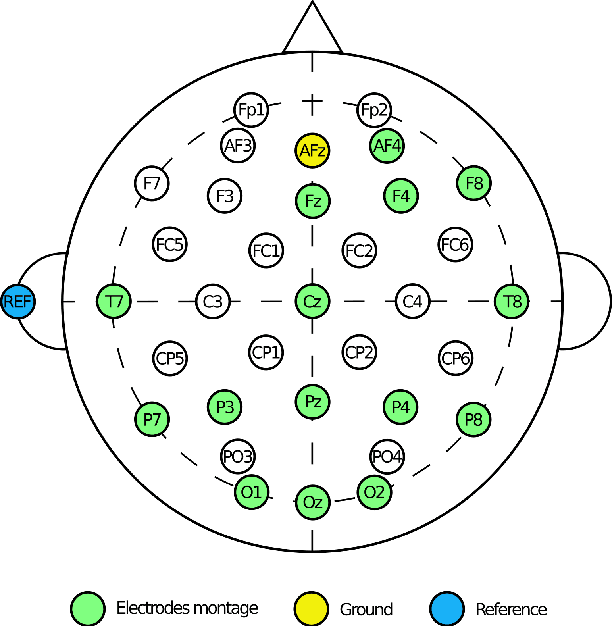
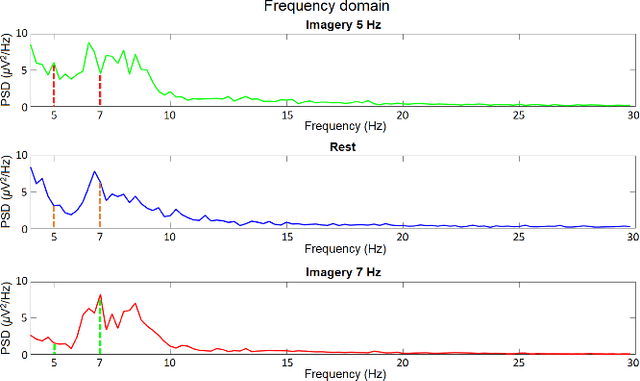
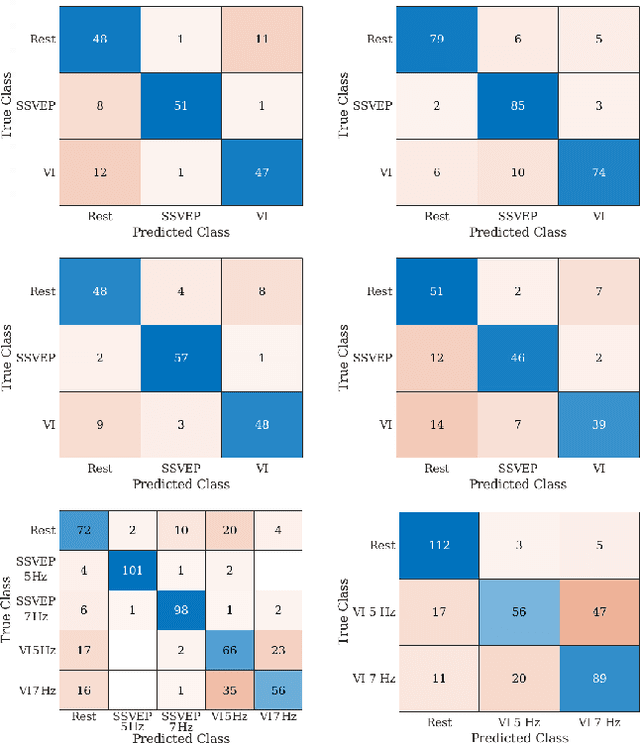

Abstract:Brain-Computer Interfaces (BCIs) based on Steady State Visually Evoked Potentials (SSVEPs) have proven effective and provide significant accuracy and information-transfer rates. This family of strategies, however, requires external devices that provide the frequency stimuli required by the technique. This limits the scenarios in which they can be applied, especially when compared to other BCI approaches. In this work, we have investigated the possibility of obtaining frequency responses in the EEG output based on the pure visual imagination of SSVEP-eliciting stimuli. Our results show that not only that EEG signals present frequency-specific peaks related to the frequency the user is focusing on, but also that promising classification accuracy can be achieved, paving the way for a robust and reliable visual imagery BCI modality.
Laplacian Filters for Integral Equations: Further Developments and Fast Algorithms
Mar 01, 2022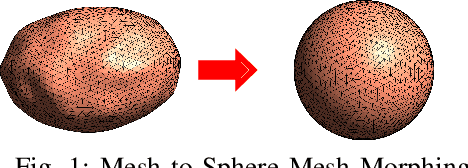
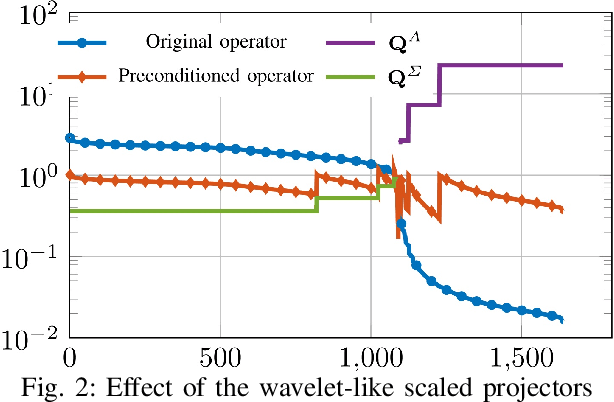
Abstract:This paper extends the concept of Laplacian filtered quasi-Helmholtz decompositions we have recently introduced, to the basis-free projector-based setting. This extension allows the discrete analyses of electromagnetic integral operators spectra without passing via an explicit Loop-Star decomposition as previously done. We also present a fast scheme for the evaluation of the filters in quasi linear complexity in the total number of unknowns. Together with the fact that only a logarithmic number of these filters are required for solving the h-refinement breakdown of electric field integral equation, this results in an effective preconditioner that rivals Calder\'on strategies in performance without relying on barycentric refinements. Numerical results confirm the theoretically predicted behavior and the effectiveness of the approach.
 Add to Chrome
Add to Chrome Add to Firefox
Add to Firefox Add to Edge
Add to Edge